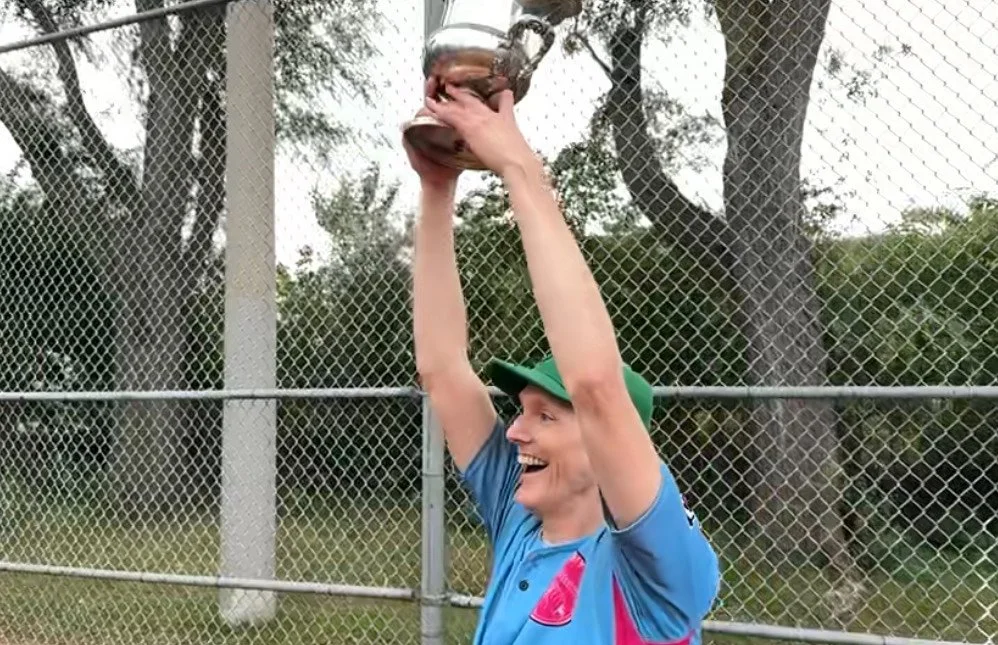Okay, so after a few games this season, it’s apparent that the Leafs are missing Marner. Or, if not specifically Marner, someone who knows where everyone else is on the ice at all times. A playmaker. Someone who thinks as a team, instead of what’s feeling like a series of individuals on the ice at the same time.
Hey, it’s cool that everyone is trying to step up individually, but it’s not gonna be enough. If, however, everyone starts thinking a little more as a collective, you could make up for Marner in the aggregate. Here are some improv exercises that could help the Leafs hone their team cohesion.
1) Matthews in the Middle
Have the team get into a circle. One player skates into the centre of the circle and starts to dance. Or sing. (AND sing?) Whichever seems like more of a nightmare. The idea is that being in the middle is uncomfortable. That person dances/sings until someone else comes and takes their spot in the middle. Meaning, the people on the outside of the circle have to decide if they’re going to take the spot in the middle away and have to dance/sing (which sucks), or just leave the person in the middle to suffer (which sucks).
The lesson: Which sucks more, being embarrassed yourself, or watching your teammate be embarrassed? Get to the point where they care about each other more than themselves.
2) Blind Obstacle Course
Set up an obstacle course (cones to go around, tables to go over and/or under, objects to hit with the puck). Break into two teams to have them race against each other (so there are some stakes). One at a time, a player from each team with go through the obstacle course blindfolded, with only the words of their teammates to guide them through it safely. The next person goes when the previous person has successfully completed the course and passes them the puck (both blindfolded).
The lesson: Give up wanting to control the situation and learn to trust your teammates completely. We fail and succeed together.
3) Word at a Time Story
Get in a circle. The person with the puck says one word to start a story, then passes the puck. The person who receives it, says the next one word of the story, and bounces the puck to another player. The key is to keep the puck moving, and go fast, no time to judge or think of the “correct” next word.
The lesson: There’s a saying in improv, “Don’t bring a cathedral into a scene. Bring a brick; let’s build together.” It’s not about any one word, it’s about the whole story.
That’s it. Give them a try. Or not. After all, I’m just some improv guy, and you’re a professional team with a professional plan. In which case, don’t book a workshop because you need it, book one because they’re fun! (And you might need it.)













